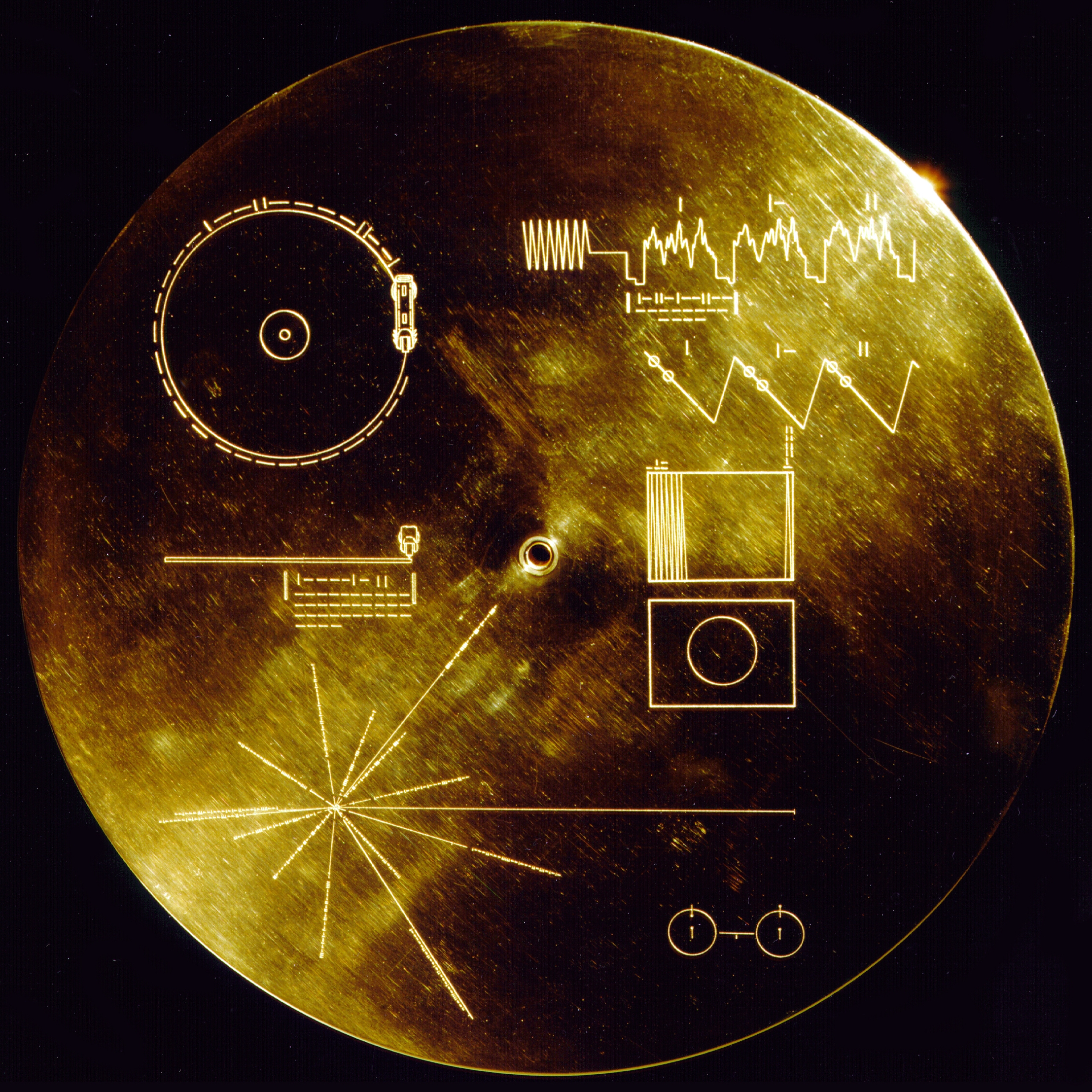 |
| Taken from Wikimedia Commons |
For thousands
of years humans have passed down histories and tales. First, by spoken word, and song, but as
civilization progressed, people developed writing, and with it, the ability to
record and preserve complex information.
The media by which we record information and the efficacy of its
preservation has changed drastically overtime, but many examples of these
historical messages still exist. Some
Egyptian pyramids, for example, contain treasures, or hieroglyphs which speak
of rulers and gods. We know that the
Egyptians generally intended for the contents of the tombs to follow the
deceased to the afterlife, but were any of these ever meant to be found again
one day? Whether or not this was the
Egyptians’ intent, there are indeed objects and containers that have been
buried with the express purpose of being opened by future generations, called
Time Capsules.
Although
historical artifacts are frequently unearthed, Time Capsules (to the best of
our knowledge) are a fairly recent occurrence.
One of the earliest documented Time Capsules is called the Crypt of Civilization. Created by Dr. Thornwell
Jacobs in 1936 at the University of Oglethorpe, Georgia; the capsule’s purpose
was to contain accurate records of history for future historians to refer
to. The capsule is not to be re-opened
until 8113 A.D. Jacobs decided on the
date by taking the earliest known date in history he could find (4241 B.C.,
recorded on an Egyptian calendar), calculating the difference between then and
his time, and then re-adding the difference (of 6117 years) to the then current
date. The swimming pool-sized chamber
that is the crypt contains thousands of items, including books, religious texts,
toys, many other contemporary items, and even a device to teach English to
those who re-discover it.
 |
| Source: Hyperlink |
Although the
Crypt of Civilization is widely considered the first of its kind, sometimes
Time Capsule-like objects are found dating back even further. More recently, a Stonemason in Nebraska was
restoring a limestone buttress in an old library (which used to be a church). As he pried in between some of the stones, he
hit metal and realized it was not a water line, but a container. When local historians looked inside, they
found church records, a list of members, a leather bound Bible, and a hymnal,
among other things, dating back to 1870.
Although
finds like these may not have had specific unearthing dates attached with them,
the purpose they share with the modern Time Capsule is clear: to communicate
with those from the future. Although
there is no such thing as a time machine, these capsules attempt to achieve the
same goal of transcending time to connect with others, and to remind them of
the past. Some Time Capsules are purely
sentimental; they may contain personal memorabilia, or letters. Others are meant to make predictions about
the future.
The BurbankTime Capsule, sealed in 1959, contained within it predictions about the city’s
state 50 years from when it was written.
The writings foretold atomic energy, massive mall-like living spaces,
with 88% of the city’s inhabitants living within them, and an end to parking
along the side of the street (of all things).
Although some of these types of predictions resemble modern technologies,
such as aircraft capable of vertical take-off, in general these theories from
the past reveal the kind of imagination, hope, and even naiveté that our
predecessors possessed. But it’s these
same drives that direct us to create new technology, and a better environment
for ourselves and for future generations.
 |
| Taken from Wikimedia Commons |
There are
numerous other examples of famous Time Capsules from the past, but what kinds
of efforts are we making now to communicate with the future? One example of a modern Time Capsule is
located on the Voyager 1 spacecraft, and is, in fact, not on earth at all. Voyager 1 is currently approximately 18,473,140,350
kilometers from our sun, in deep space, and among its other purposes, it
carries with it the Golden Record, which contains both audio and visual
information about humanity. This
capsule, however, is not meant to be intercepted by any of mankind’s future
generations, but by extraterrestrial life.
Evidence such as this displays that man’s desire to communicate is so
strong, it extends beyond even our own world, and unto others. Perhaps one day, thousands of years from now,
after all memory of our current civilization has been forgotten, we will
rediscover a piece of our past, and in doing so, rediscover a piece of ourselves.
Wow. What can I say but wow! I have always been fascinated with time capsules. That's what it felt like for me to explore my husband's grandfather's basement this Christmas. His grandfather had recently passed away and we were exploring the artifact remains he left to the family. Looking at pre-World 1 maps floored me. Wow; this *was* the extent of knowledge of the world back then; it communicates with us today, if nothing else, to show us what previous generations once knew.
ReplyDeleteHave you ever thought of a career in linguistics or cultural anthropology? Your writings here really remind me intellectually of when I was an editor at the American Anthropological Association. Let's talk about this!
In fact... Yes! I plan on transferring to UVa in the Fall of 2014 to study linguistics. It's been an interest of mine for some time now.
ReplyDelete